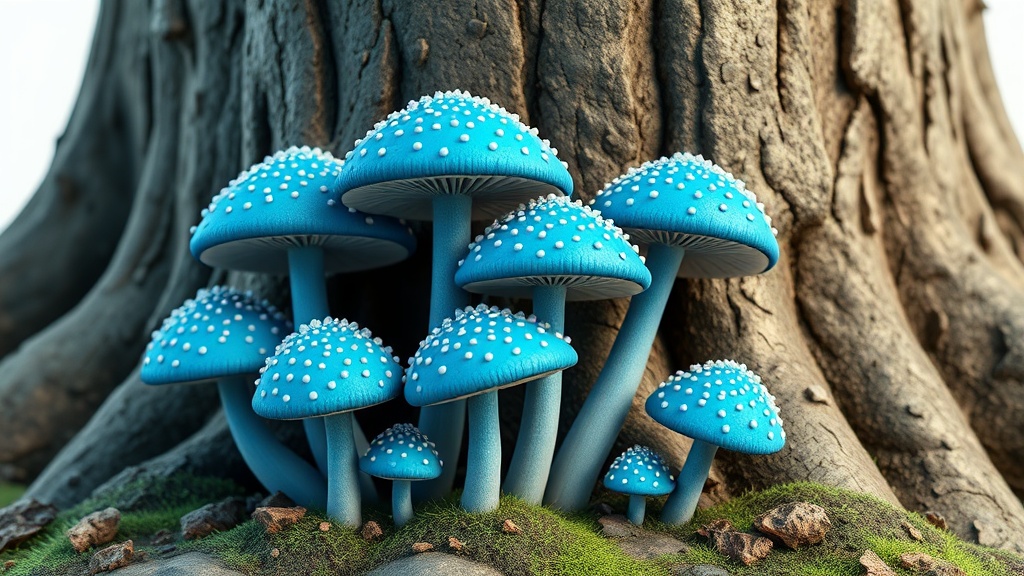Home / Environment / Fungi Flourish in Transformed Oxfordshire Nature Reserve
Fungi Flourish in Transformed Oxfordshire Nature Reserve
25 Oct
Summary
- Oxfordshire nature reserve was once a Victorian rubbish dump
- Diverse fungi species found, including veiled poisonpie and honey mushrooms
- Some fungi can be poisonous, while others glow in the dark

In October 2025, the Oxfordshire nature reserve, which was previously a Victorian rubbish dump, has undergone a remarkable transformation. The area is now teeming with diverse wildlife, including a fascinating array of fungi.
During a recent visit, the author was struck by the vibrant colors of the forest floor, with brightly colored leaves and droplets of water on the berries that resembled diamonds. As they ventured deeper into the woodland, they encountered a variety of mushrooms, some of which were challenging to identify. With the help of nature books and a mushroom identification app, they were able to identify several species, including the veiled poisonpie, smoky polypore, and honey mushroom.
While some of the fungi, such as the veiled poisonpie, can be poisonous, the author also learned that they are commonly eaten in Mexico. Additionally, they discovered that certain species of honey mushrooms possess the ability to glow in the dark, a phenomenon known as bioluminescence. The author's grandmother, however, considers these fungi a nuisance in the garden.
Advertisement
The article highlights the resilience of nature and the unexpected wonders that can be found in even the most unlikely of places. The transformation of the Oxfordshire nature reserve serves as a testament to the ability of ecosystems to recover and thrive, even in the face of past human interference.




